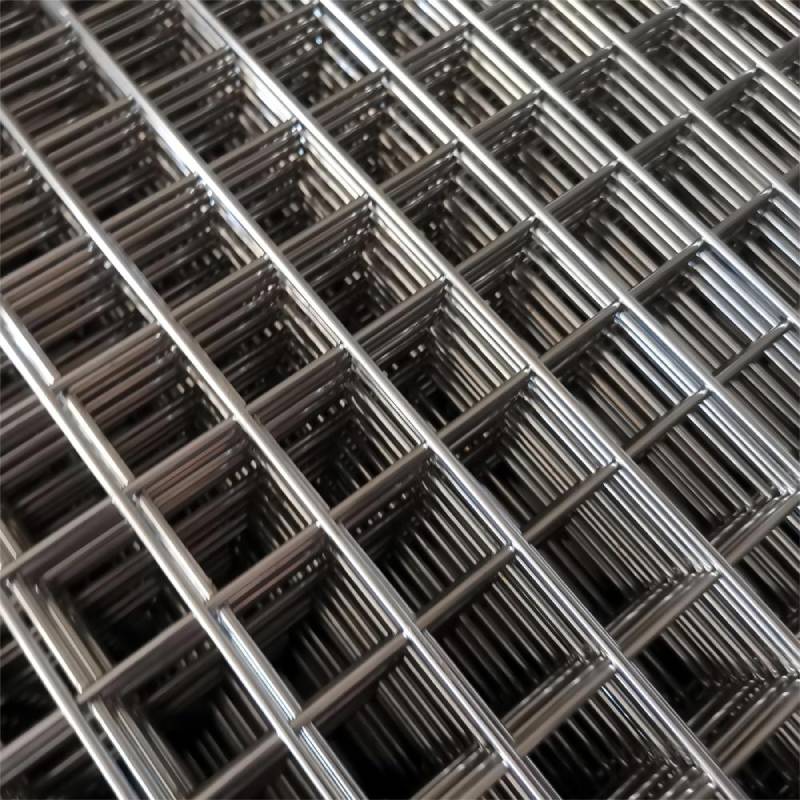nails for wood fence
Nails for Wood Fence Choosing the Right Type for Your Project
When it comes to constructing a wooden fence, one often-overlooked aspect is the type of nails that should be used. While it may seem trivial, choosing the right nails can significantly impact the durability and stability of your fence. In this article, we'll explore the different types of nails suitable for wood fencing and provide tips on how to select the best ones for your project.
Understanding Wood Fencing
Before diving into nail selection, it's essential to understand the basic components of a wood fence. A typical wooden fence is constructed from vertical posts that support horizontal rails. The pickets or panels are then attached to these rails. The materials used and the method of attachment can vary significantly, leading to different nail requirements.
Types of Nails for Wood Fencing
1. Common Nails These are the most basic type of nails available and are suitable for temporary outdoor structures. However, they are not recommended for long-term use in fencing because they may corrode over time. If you are looking for a budget option and your fence won't be exposed to harsh conditions, common nails can suffice.
2. Galvanized Nails Galvanized nails are coated with a layer of zinc to prevent rust and corrosion, making them an excellent choice for outdoor fencing. They maintain their integrity even when exposed to moisture, making them ideal for wood fences that will experience varying weather conditions. When selecting galvanized nails, ensure that they meet the American Society for Testing and Materials (ASTM) standards for corrosion resistance.
3. Stainless Steel Nails If you're willing to invest a little more for longevity, stainless steel nails are unmatched in terms of durability and resistance to corrosion. They are especially beneficial in coastal areas where salt air can quickly corrode standard nails. Stainless steel is also less likely to react chemically with the wood, reducing the risk of discoloration and degradation.
4. Ring-Shank Nails These nails have ridges (or rings) along their shafts that help them grip the wood better than smooth-shank nails. They are particularly useful for securing fence panels, as they provide a stronger hold, reducing the chance of nails popping out over time. If you anticipate high wind conditions or stress on your fence, ring-shank nails are an excellent choice.
nails for wood fence

5. Nail Gun Nails For those looking to speed up the construction process, pneumatic nail guns can be an invaluable tool. However, it’s important to choose nails specifically designed for nail guns, typically collated and made from galvanized or stainless steel materials.
Tips for Selecting the Right Nails
- Consider the Type of Wood Different types of wood have varying levels of density and moisture content. Pressure-treated wood, commonly used in outdoor construction, often requires specific nails designed to resist rot and corrosion.
- Evaluate the Environment If your fence will be exposed to harsh weather conditions, opt for galvanized or stainless steel nails. For areas with mild climates, common nails may suffice, depending on your budget and project goals.
- Nail Size Matters Ensure that you choose nails of appropriate length and thickness. Typically, a 2.5 to 3-inch nail will suffice for fastening fence panels, while posts may require longer nails.
- Count Your Nails After assessing your project, calculate the number of nails you will need. It’s always a good idea to purchase more than needed to account for any miscalculations or mistakes during installation.
Conclusion
Choosing the right nails for your wood fence is a crucial aspect of ensuring its stability and longevity. By understanding the various types of nails available and considering the specific needs of your project, you can make informed decisions that will result in a sturdy, durable fence. Whether you choose common nails for a temporary structure or stainless steel nails for long-lasting durability, knowing the right type to use can make all the difference in your fencing project. Happy building!
-
Innovations in Razor Barbed Wire Design TechnologyNewsAug.11,2025
-
Roofing Nail Compatibility with Different Metal Roof TypesNewsAug.11,2025
-
Welded Wire Mesh for Rockfall Protection BarriersNewsAug.11,2025
-
Galvanized Wire Corrosion Resistance TestingNewsAug.11,2025
-
3D Fence Solutions Preventing Bird CollisionsNewsAug.11,2025
-
Using Chain Link Fence for Urban Garden SupportNewsAug.11,2025




